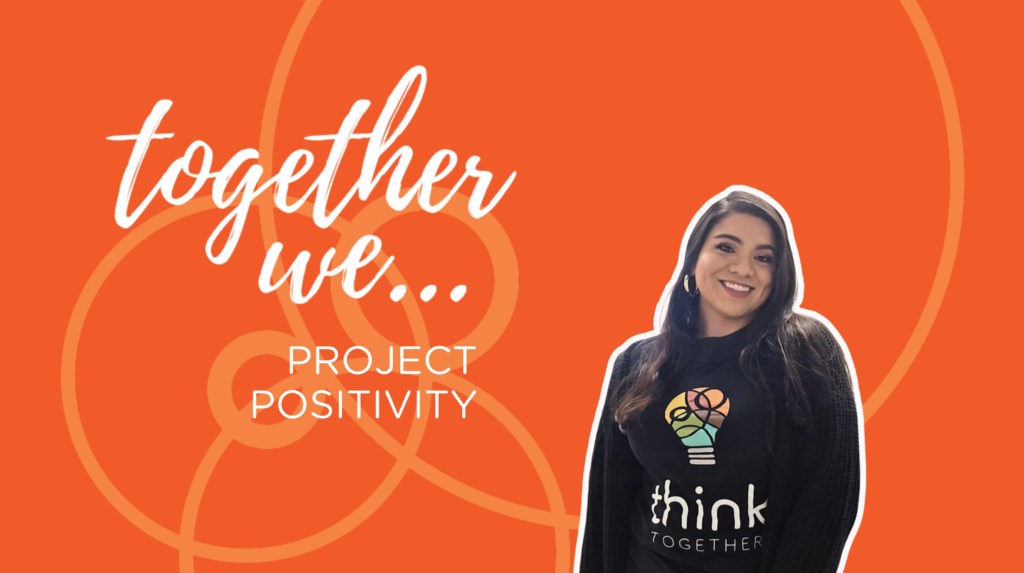
“I’m enjoying the rhythm of it all.”
This is the positive outlook Maria Medina uses to describe both her life and her role as a Program Leader at Wilson Elementary in Lynwood. Her contagious and genuine love for her career over the past nine years has been the driving force behind her success. Read below to learn how Maria effectively bridges the gap between students, parents and teachers…all with a smile!
What continues to inspire your work at Think Together?
My students and team are a constant source of inspiration. I genuinely love coming to work each day, knowing we’re making a difference by helping students with their homework and providing them with a safe environment. Even though my days are long, and I am juggling multiple jobs, I wouldn’t trade it for anything. I especially appreciate Ms. White or as I know her, Shoma, and the trust she’s placed in me. She’s taught me so much, and I’ve grown tremendously in this role because of her guidance.
Would you rather be able to speak to animals or speak all languages fluently and which animal or language would you be most excited about?
I’d love to speak other languages, even the language of animals! As a bilingual English and Spanish speaker, I often find myself translating and seeing the relief on people’s faces when I can bridge that communication gap. This truly brings me joy. It’s especially important to me because my parents only speak Spanish. I hope that if I’m not around, someone will be there to help them.
What has been your favorite project at Think Together?
One of my favorite projects was coaching the elementary school basketball team last year. Although I didn’t have much basketball experience, I dedicated myself to learning, using videos and working with a parent volunteer. It was amazing to see how the kids and I progressed. Our team was undefeated and took first place for the basketball season! Their happiness was contagious, and I was so proud of their hard work.
If you had a theme song for your life, what would it be?
Right now, my life’s theme song would probably be Cumbia Cusinela. I don’t understand the lyrics, but the rhythm is great. That’s how I feel about my life at the moment – I’m not entirely sure if I’m on the right track, but things are flowing smoothly, and I’m enjoying the rhythm of it all.
What is a mantra, affirmation, or quote that has helped you over the years and how?
Walt Disney’s quote, “All our dreams can come true, if we have the courage to pursue them,” has been a guiding principle for me. Whenever self-doubt creeps in, I remember that the only way to know the outcome is to try. So, I offer a prayer, hope for the best, and take the leap.
You have been with Think Together for almost 10 years, what has been your biggest takeaway from working at this organization and in the education field?
My biggest takeaway is the importance of maintaining a positive attitude, no matter what the day brings. While some days will be better than others, our students are always watching us, and it’s crucial that we project positivity so we can support them in every way possible.
Outside of work, what do you do for fun?
I enjoy baking, shopping, and spending quality time with my family and friends.





























